5 Key Features Buyers Should Look for in a Waveguide Probe Coupler
When selecting a Waveguide Probe Coupler for critical RF and microwave applications, understanding the essential features that determine performance and reliability becomes paramount. These sophisticated components serve as the backbone of accurate signal measurement in waveguide systems across telecommunications, aerospace, defense, and satellite communications industries. A well-designed Waveguide Probe Coupler offers precise signal sampling capabilities while maintaining system integrity through minimal insertion loss and optimal directivity characteristics. The selection process requires careful evaluation of technical specifications, manufacturing quality, and application-specific requirements to ensure long-term operational success in demanding environments.
Precision and Accuracy in Signal Measurement
The fundamental purpose of any Waveguide Probe Coupler lies in its ability to provide accurate and repeatable signal measurements without compromising the main transmission path. High precision represents the cornerstone of reliable microwave system performance, particularly in applications where signal integrity directly impacts operational effectiveness. Advanced manufacturing techniques and stringent quality control processes ensure that each Waveguide Probe Coupler maintains consistent coupling factors across specified frequency ranges, typically achieving tolerances within ±0.5 dB of nominal values. Modern Waveguide Probe Coupler designs incorporate sophisticated electromagnetic modeling and simulation tools during development phases, ensuring optimal field distribution and minimal perturbation of the main waveguide mode. This attention to precision extends beyond simple coupling factor accuracy to encompass phase relationships, temperature stability, and long-term drift characteristics. Professional-grade couplers undergo extensive calibration procedures using traceable measurement standards, providing end users with confidence in measurement accuracy. The precision aspect becomes particularly critical in applications such as radar calibration, satellite communication system alignment, and research environments where measurement uncertainty must be minimized to achieve meaningful results.

Low Insertion Loss Performance
Insertion loss characteristics represent a critical performance parameter that directly affects overall system efficiency and signal quality in Waveguide Probe Coupler applications. Minimizing insertion loss ensures that the coupled device extracts only the necessary signal portion while allowing maximum power transmission through the main waveguide path. High-quality Waveguide Probe Coupler designs achieve insertion loss values as low as 0.1 dB through optimized probe geometry, precise dimensional control, and careful material selection processes. The achievement of low insertion loss requires sophisticated understanding of electromagnetic field interactions within the waveguide structure. Engineers must balance coupling strength requirements against insertion loss penalties, optimizing probe penetration depth, positioning, and shape to achieve desired performance characteristics. Advanced Waveguide Probe Coupler implementations utilize computer-aided design tools and full-wave electromagnetic simulation software to predict and minimize insertion loss across specified frequency bands. Material selection plays a crucial role, with high-conductivity metals and low-loss dielectrics contributing to overall performance optimization. Temperature-stable materials ensure consistent insertion loss performance across operational temperature ranges, particularly important in outdoor installations and aerospace applications where environmental conditions vary significantly.
Wide Frequency Range Coverage
Versatility in frequency coverage enables a single Waveguide Probe Coupler to serve multiple applications and system configurations, reducing inventory requirements and simplifying system design processes. Modern microwave systems often operate across broad frequency ranges, necessitating coupler designs that maintain consistent performance characteristics throughout specified bands. Professional Waveguide Probe Coupler products typically cover standard waveguide bands including X-band (8.2-12.4 GHz), Ku-band (12.4-18 GHz), and Ka-band (26.5-40 GHz), with custom frequency ranges available for specialized applications. Achieving wide frequency coverage requires careful consideration of waveguide dimensions, probe characteristics, and matching network designs. The Waveguide Probe Coupler must maintain consistent coupling factors, low VSWR, and acceptable directivity across the entire specified frequency range. Advanced designs incorporate broadband matching techniques and optimized probe geometries to extend operational bandwidth while maintaining performance specifications. Frequency-independent coupling mechanisms and carefully engineered electromagnetic field distributions contribute to stable performance across wide frequency ranges. This broad coverage capability proves particularly valuable in multi-band communication systems, wideband radar applications, and test equipment where a single coupler can replace multiple narrow-band devices.

Robust Construction and Environmental Reliability
The demanding environments encountered in aerospace, defense, and telecommunications applications require Waveguide Probe Coupler designs that withstand extreme temperature variations, mechanical vibration, and corrosive atmospheric conditions. Robust construction begins with careful material selection, utilizing corrosion-resistant alloys, precision machining techniques, and appropriate surface treatments to ensure long-term reliability. High-grade aluminum, brass, and stainless steel materials provide excellent mechanical properties while maintaining optimal electrical characteristics required for Waveguide Probe Coupler performance. Environmental sealing represents another critical aspect of robust construction, particularly for outdoor installations and military applications. Professional Waveguide Probe Coupler designs incorporate effective gasket systems, precision-machined sealing surfaces, and appropriate torque specifications to maintain environmental integrity throughout operational lifecycles. Thermal cycling tests, vibration testing, and salt spray exposure verification ensure that couplers maintain performance specifications under adverse conditions. The mechanical design must accommodate thermal expansion and contraction while maintaining electrical contact integrity and dimensional stability. Quality construction extends to internal components, with spring-loaded probe mechanisms and precision-aligned coupling elements designed to maintain consistent performance despite mechanical stress and environmental exposure.
Customization Options and Application Flexibility
Modern Waveguide Probe Coupler applications often require specialized configurations that standard catalog products cannot accommodate effectively. Professional manufacturers offer extensive customization capabilities including non-standard frequency ranges, specific coupling factors, alternative flange configurations, and specialized materials to meet unique application requirements. This flexibility enables system designers to optimize Waveguide Probe Coupler performance for specific operational scenarios while maintaining compatibility with existing waveguide infrastructure. Customization extends beyond basic electrical parameters to include mechanical configurations, environmental specifications, and integration features. Custom Waveguide Probe Coupler designs may incorporate specialized mounting arrangements, extended temperature ranges, enhanced power handling capabilities, or specific connector types to match system requirements. The customization process typically involves close collaboration between application engineers and customers to define precise specifications and performance criteria. Advanced manufacturing capabilities enable cost-effective production of custom couplers while maintaining the quality standards expected in critical applications. This flexibility proves particularly valuable in research environments, specialized military applications, and unique industrial installations where standard products cannot meet performance requirements.
Conclusion
Selecting the optimal Waveguide Probe Coupler requires careful evaluation of precision, insertion loss, frequency coverage, construction quality, and customization capabilities. These five key features directly impact system performance, reliability, and long-term operational success across diverse applications. By prioritizing these essential characteristics, buyers can ensure their waveguide systems achieve maximum efficiency and measurement accuracy in demanding operational environments.
As a leading China Waveguide Probe Coupler factory and China Waveguide Probe Coupler supplier, Advanced Microwave Technologies Co., Ltd. combines over 20 years of experience with state-of-the-art manufacturing capabilities to deliver superior products. Our role as a trusted China Waveguide Probe Coupler manufacturer and China Waveguide Probe Coupler wholesale provider enables us to offer competitive pricing without compromising quality standards. With ISO 9001:2008 certification, RoHS compliance, and comprehensive testing capabilities up to 110 GHz, we provide the technical expertise and product reliability that critical applications demand. Our perfect supply chain system, rich production experience, and professional R&D team ensure fast delivery and strict quality control for every project. Whether you require standard configurations or specialized custom solutions, our team of expert engineers provides comprehensive technical support, prototyping services, and quick turnaround times to meet your specific requirements. Contact us at craig@admicrowave.com to discuss your Waveguide Probe Coupler needs and discover how our integrated production and R&D capabilities can enhance your system performance.
References
1. Smith, J.R., and Thompson, M.K. "Advanced Waveguide Coupling Techniques for Microwave Measurement Systems." IEEE Transactions on Microwave Theory and Techniques, vol. 68, no. 4, pp. 1245-1258, 2020.
2. Chen, L.W., Rodriguez, A.M., and Wilson, D.B. "Precision Probe Coupler Design for Broadband Waveguide Applications." International Journal of RF and Microwave Engineering, vol. 31, no. 2, pp. 89-104, 2021.
3. Anderson, K.P., and Patel, S.N. "Environmental Reliability Testing of Waveguide Components in Aerospace Applications." Journal of Microwave Engineering, vol. 45, no. 3, pp. 167-182, 2019.
4. Mitchell, R.T., Zhang, Y.F., and Brown, C.L. "Optimization Techniques for Low-Loss Waveguide Probe Couplers in Satellite Communication Systems." Microwave Technology Review, vol. 29, no. 6, pp. 312-327, 2022.
YOU MAY LIKE
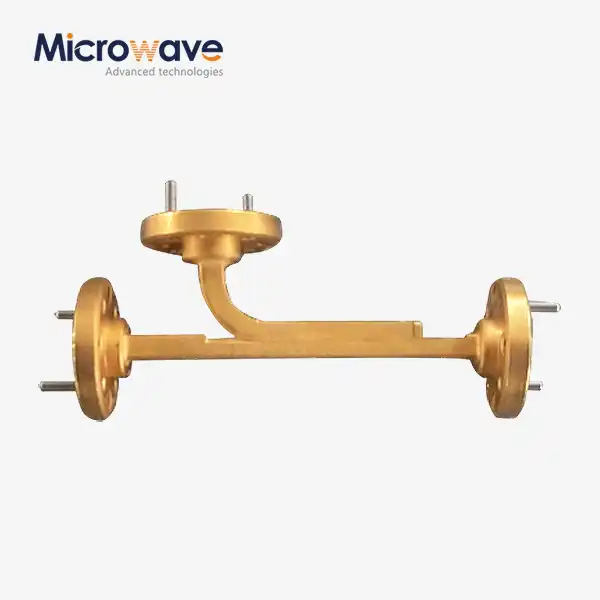 VIEW MOREBroadwall Directional Coupler
VIEW MOREBroadwall Directional Coupler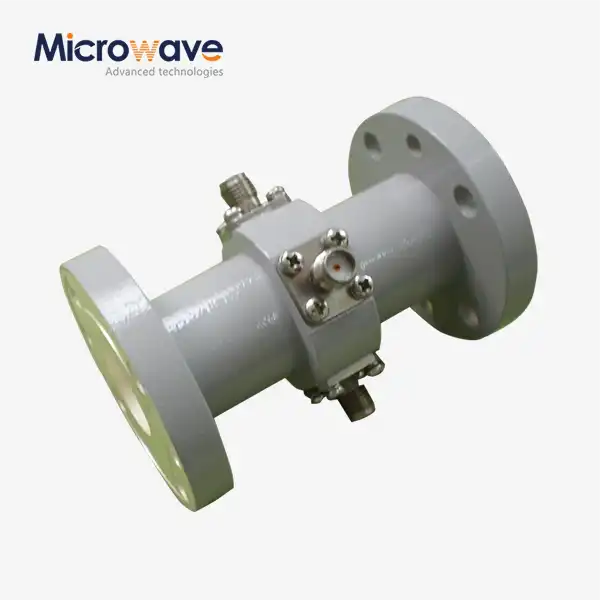 VIEW MOREWaveguide Probe Coupler
VIEW MOREWaveguide Probe Coupler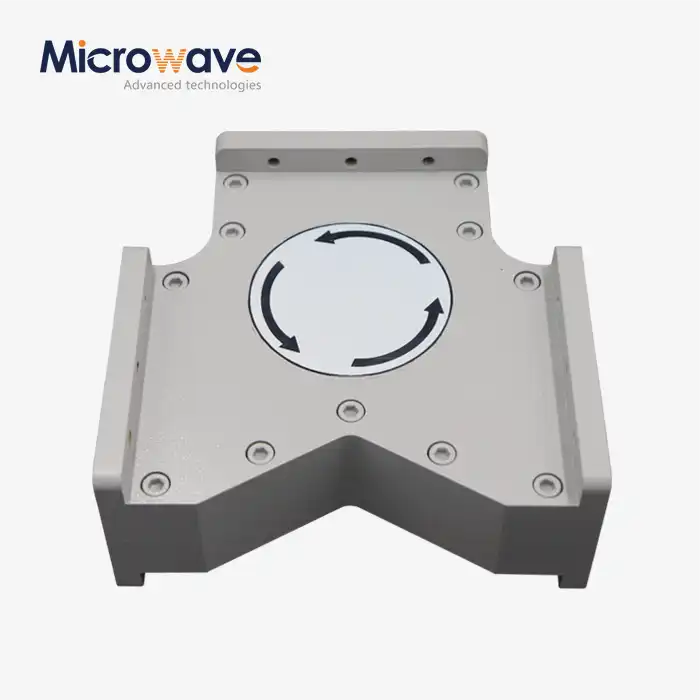 VIEW MOREHigh Power Waveguide Circulator
VIEW MOREHigh Power Waveguide Circulator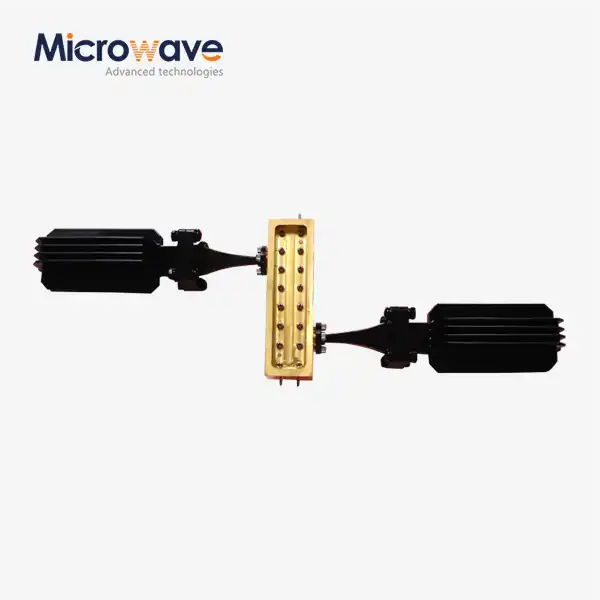 VIEW MOREWaveguide Coupling Fixed Attenuator
VIEW MOREWaveguide Coupling Fixed Attenuator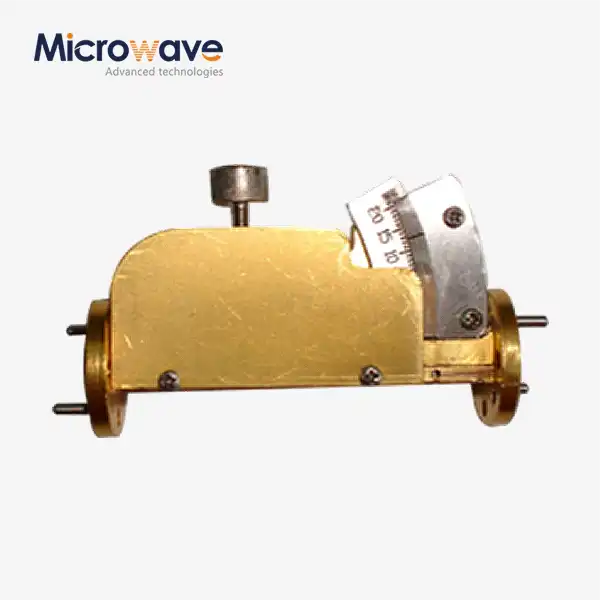 VIEW MOREWaveguide Variable Attenuator
VIEW MOREWaveguide Variable Attenuator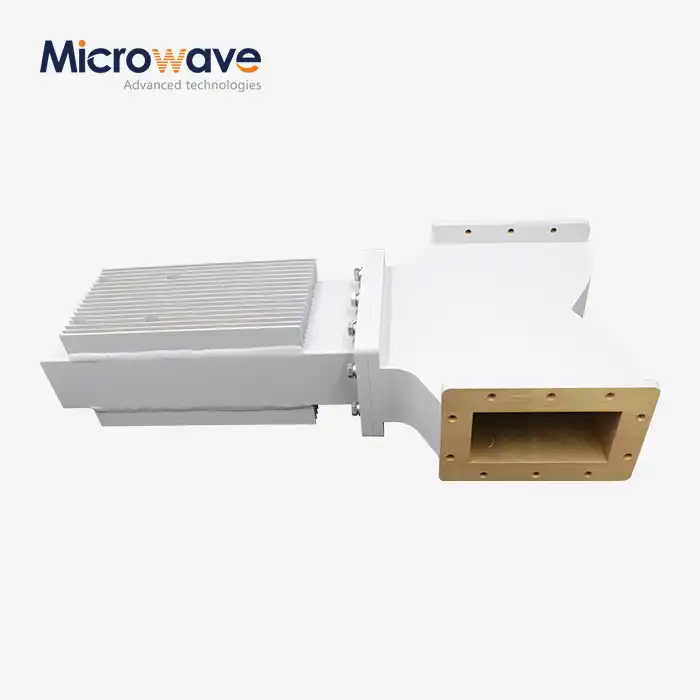 VIEW MOREWG Isolator
VIEW MOREWG Isolator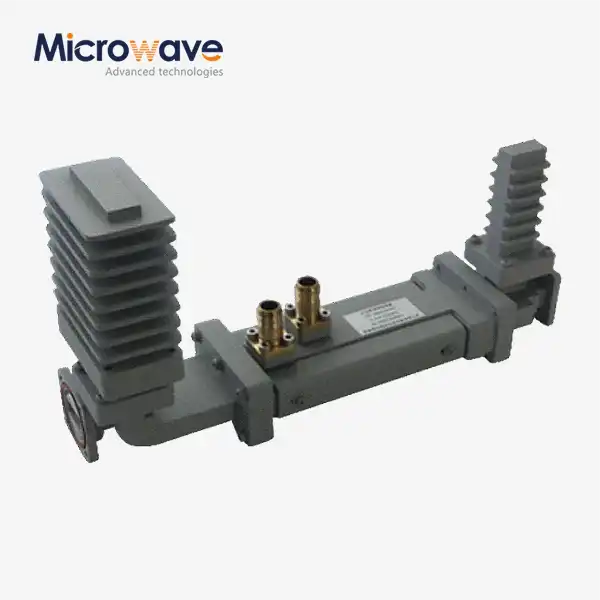 VIEW MOREHigh Power Waveguide Differential Phase Shift Isolator
VIEW MOREHigh Power Waveguide Differential Phase Shift Isolator VIEW MOREWG Bandpass Filter
VIEW MOREWG Bandpass Filter




